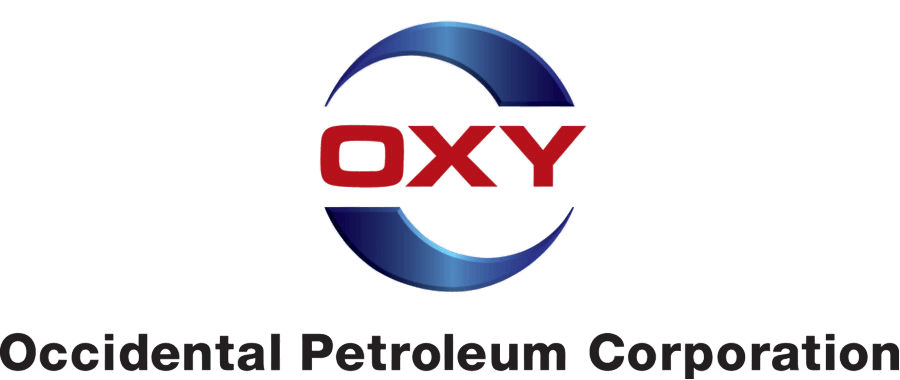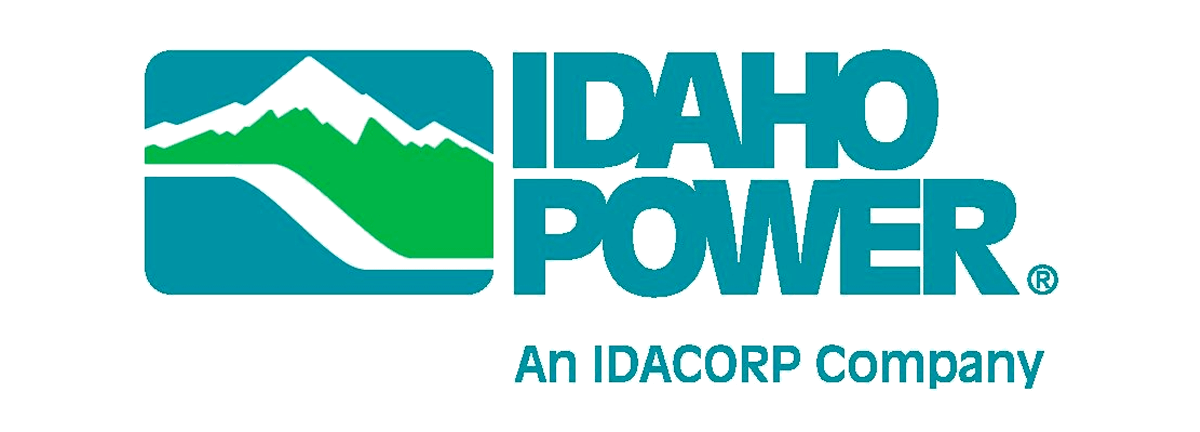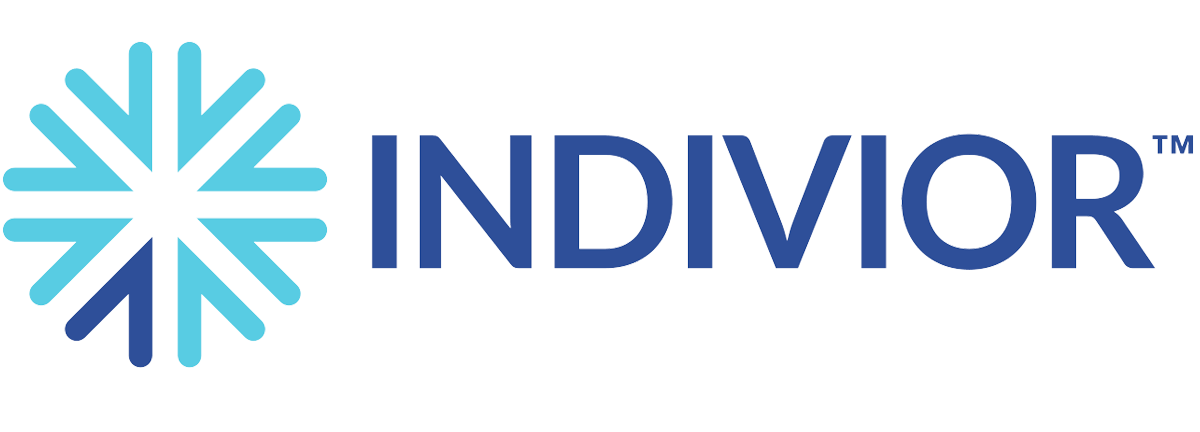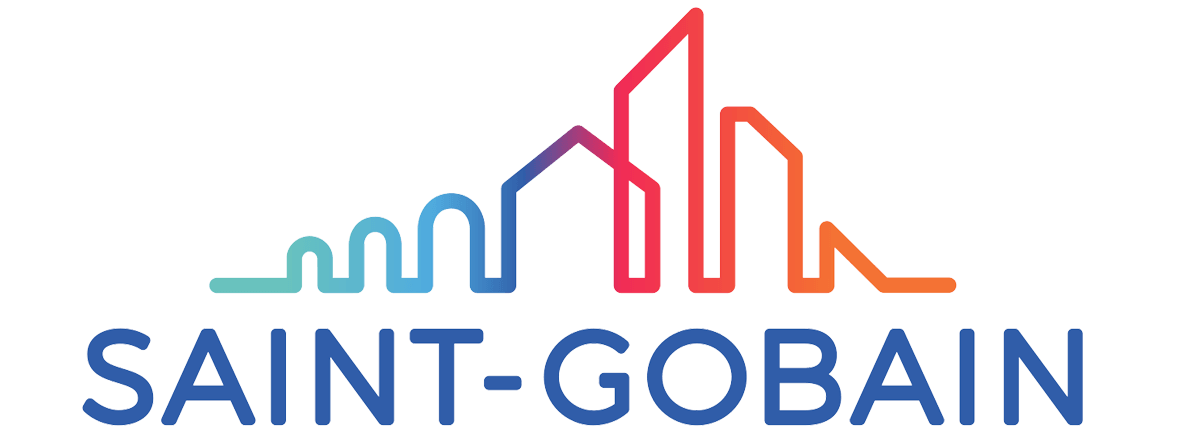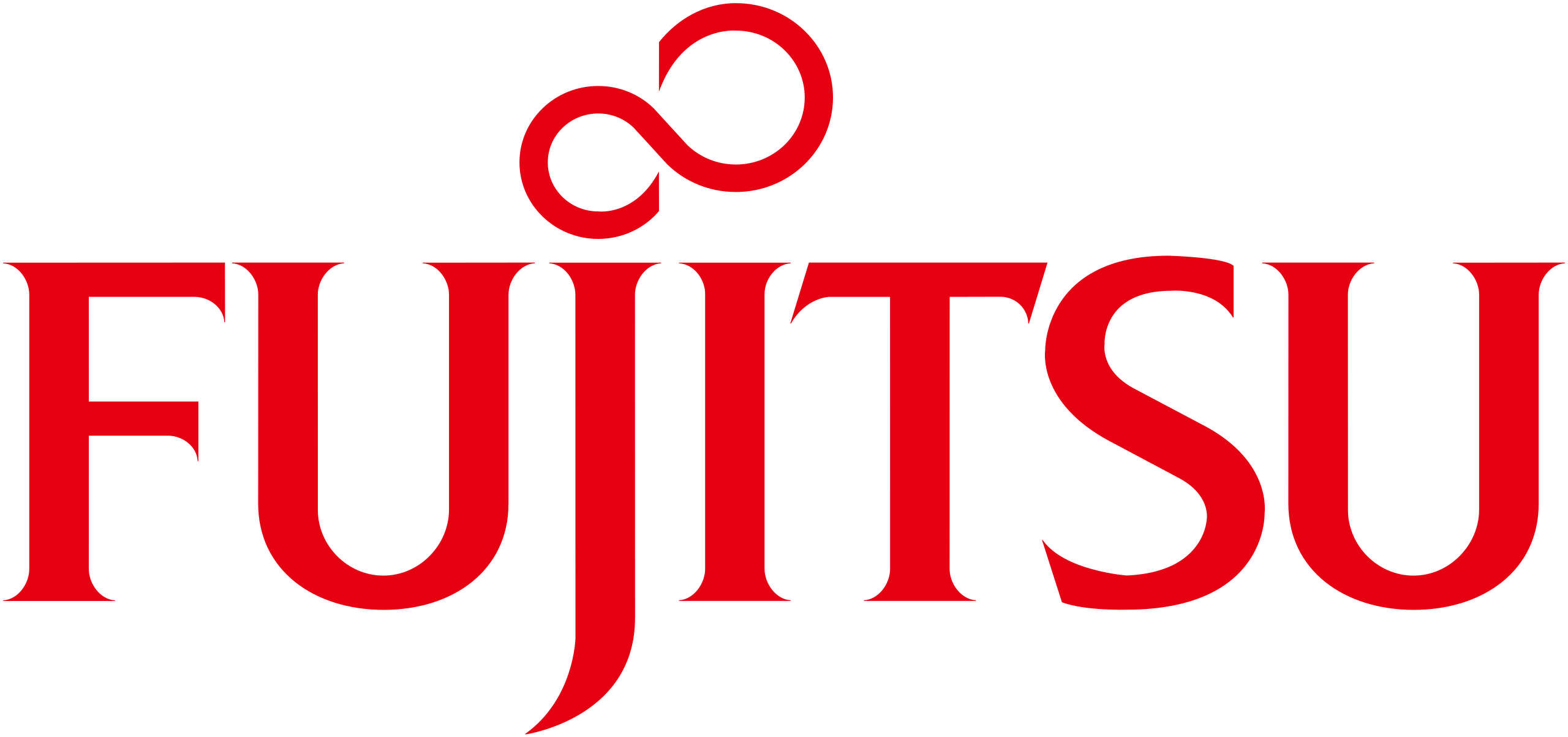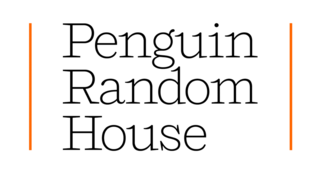
Securing SAP solutions is a priority for many organizations in today’s heightened threat landscape. Breaches in mission-critical SAP systems can expose highly confidential information, disrupt business continuity, impact regulatory compliance, and lead to financial losses and reputational harm.
The risk is intensified by the shift towards cloud computing, digital transformation, and hybrid architectures that have evolved SAP systems from on-premise solutions isolated within internal networks to highly interconnected and accessible platforms. Modern SAP landscapes now integrate with a wide range of third-party applications, APIs, and external services. Users can access SAP solutions from anywhere and any device. While this drives innovation and efficiency, it also expands the attack surface. The same integrations and remote access that empower organizations also create more entry points for cyber threats, making security and continuous monitoring more critical than ever.
Organizations today have access to a wide range of solutions designed to help them manage and reduce cyber risks in their SAP environments. This includes tools offered by SAP such as Enterprise Threat Detection (ETD) and Code Vulnerability Analyzer (CVA). It also includes platforms from third party vendors such as Layer Seven Security, Onapsis, Pathlock and SecurityBridge. These tools and platforms address different aspects of security, from system configuration and access control to threat detection and compliance management.
Some solutions focus on vulnerability management, ensuring SAP systems are securely configured and regularly patched. Others provide continuous monitoring to detect suspicious activities, unauthorized changes, or data exfiltration attempts in real time.
In addition, compliance and audit tools assist organizations in aligning with SAP’s security baselines and industry regulations, while threat intelligence platforms deliver insights into emerging risks targeting SAP landscapes.
By adopting these technologies, organizations can create a comprehensive defense strategy that strengthens their SAP security posture and reduces exposure to cyber threats.
This guide helps organizations navigate the complex landscape of SAP security solutions and identify the tools best suited to their specific needs based on 20 specific criteria. It provides a clear framework for evaluating vendors and selecting solutions that align with their industry, regulatory requirements, budgets, and security maturity.
Select a criterion to compare SAP cybersecurity solutions
Summary
The Cybersecurity Extension for SAP from Layer Seven Security is the only option that satisfies all 20 of the criteria for SAP cybersecurity solutions. Other SAP or third-party tools often fall short in one or more area. SAP ETD and Onapsis demand significant infrastructure, resulting in complex and time-consuming deployments, along with high licensing costs. Pathlock and SecurityBridge offer simpler, lower-cost options but require licensing of multiple software units to achieve complete coverage.
For customers looking for a comprehensive, lightweight, and cost-effective SAP security solution, the Cybersecurity Extension for SAP stands out as the optimal option. It combines an intuitive, user-friendly design with robust protection, rapid deployment, ease of maintenance, and the lowest total cost of ownership in its class based on unified licensing.
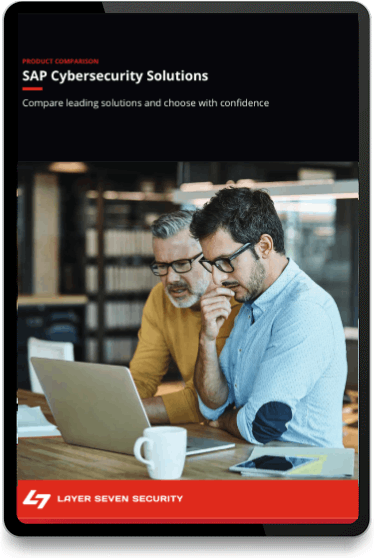
Download PDF Version of Comparison for SAP Cybersecurity Solutions
The Cybersecurity Extension for SAP from Layer Seven Security delivers industry-leading coverage, integrates with System Recommendations for patch management, and benefits from rapid deployment and low maintenance with less risk and simplified licensing.
Download the full comparison for Layer Seven Security, SAP Enterprise Threat Detection, SAP Code Vulnerability Analyzer, Onapsis, Pathlock and SecurityBridge. The document compares the features and benefits of each solution using 20 specific criteria.
Cybersecurity Extension for SAP.
One solution for all your SAP cybersecurity needs
Vulnerability Management
Daily automated vulnerability scans for SAP systems and supporting infrastructure

Patch Management
Regular checks for relevant, unapplied SAP security notes with workarounds for corrections

Threat
Detection
Real-time monitoring of SAP logs with integrated incident response for alerts
Custom Code Security
Automated detection and blocking of vulnerabilities in custom SAP programs

Avoid Excessive Licensing Fees
Download the case study to learn how one of the world’s largest beverage companies reduced licensing costs by over 50% and improved coverage for SAP vulnerability management by switching from a leading competitor to Layer Seven Security.
Trusted above the rest
The Cybersecurity Extension for SAP has an average rating of 4.7/5.0 in Gartner Peer Insights. Peer Insights is Gartner’s customer-driven ratings and reviews platform for enterprise IT solutions and services. Reviews are verified by Gartner for accuracy and authenticity.
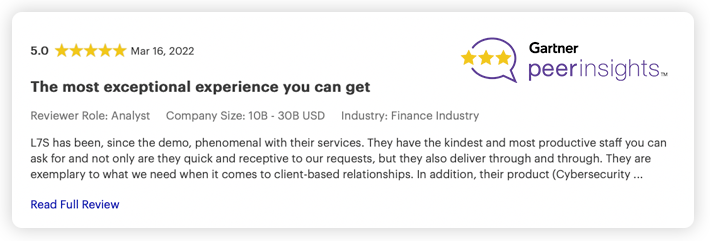
Contact Layer Seven Security
Schedule a call with our SAP cybersecurity specialists to discuss how we can help secure your SAP systems from cyber threats.
We are proud to work with some of the World’s most renowned brands.
Layer Seven Security offers no specific guarantee regarding the accuracy or completeness of the information presented, but the professional staff of Layer Seven Security makes every reasonable effort to present the most reliable information available to it and to meet or exceed any applicable industry standards.
This publication contains references to the products of SAP AG. SAP, R/3, xApps, xApp, SAP NetWeaver, Duet, PartnerEdge, ByDesign, SAP Business ByDesign, and other SAP products and services mentioned herein are trademarks or registered trademarks of SAP AG in Germany and in several other countries all over the world. Business Objects and the Business Objects logo, BusinessObjects, Crystal Reports, Crystal Decisions, Web Intelligence, Xcelsius and other Business Objects products and services mentioned herein are trademarks or registered trademarks of Business Objects in the United States and/or other countries.
SAP AG is neither the author nor the publisher of this publication and is not responsible for its content, and SAP Group shall not be liable for errors or omissions with respect to the materials.
Layer Seven Security is not affiliated to Pathlock Inc., Onapsis Inc., Pathlock Inc. and SecurityBridge GmbH
Onapsis is a registered trademark of Onapsis Inc.
SecurityBridge is a registered trademark of SecurityBridge GmbH.
Pathlock is registered trademark of Pathlock, Inc.




